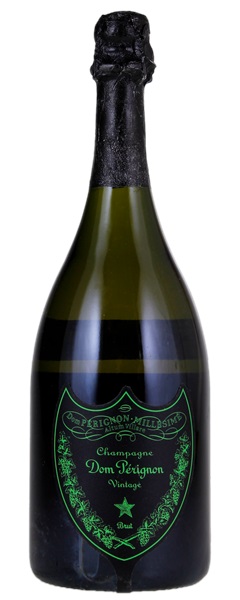Estimate

This is very lively and vibrant with a dense and rich center palate. Lots of complexity and balance with pastry, sliced lemon and light dried mango.
...opens with a deep and seductive, pretty accessible nose with intense yet fresh fruit aromas of pineapples, with peaches and tangerines. Lively and elegant on the palate, this is a full-bodied, unusually aromatic and fruity...
...is a broad, virile Champagne, but I find it compelling because of its phenolic depth and overall intensity.
...offers beautiful stone fruits, toasted hazelnuts, citrus blossom, and brioche.
A graceful, minerally version, featuring rich notes of smoke, mandarin orange peel and chalk that lead to subtle accents of crème de cassis, toasted almond, espresso and star anise on the fine, creamy mousse.
This is clearly very young and tight (and particularly so in mag format) as the effervescence is fine but still quite compact and the flavors are equally backward before culminating in a powerful, focused and lingering finish.
Rich, very tightly laced nose with many layers and great density – on the nose. Real excitement here with some tension.